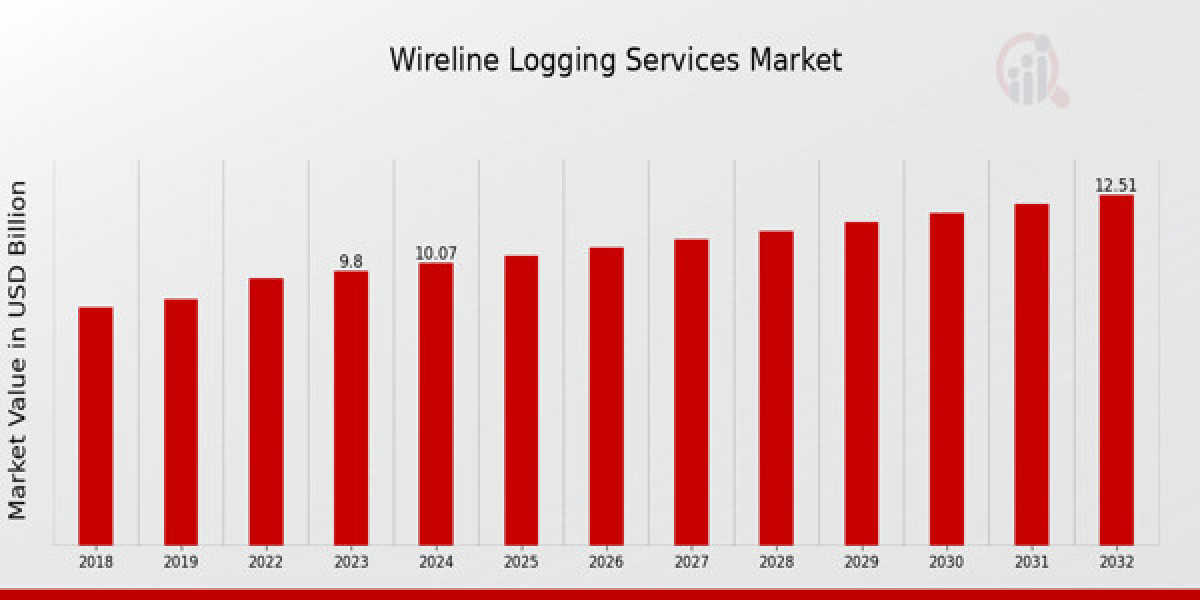Revolutionizing Security: The Evolving Landscape of Video Surveillance
In today’s increasingly digital and interconnected world, video surveillance is no longer just a passive security tool—it has transformed into a proactive and intelligent solution that drives safety, efficiency, and real-time decision-making across industries.
? From Analog Eyes to Intelligent Systems
Historically, video surveillance systems relied on analog technology, bulky equipment, and manual monitoring. While effective for deterrence, these systems were limited in scalability, image clarity, and functionality.
Today, the sector has undergone a seismic shift with the integration of IP-based cameras, cloud computing, and AI-driven analytics. Modern video surveillance systems now offer high-definition video, facial recognition, behavioral analysis, and automated alerts—ushering in a new era of proactive surveillance.
? Market Growth & Trends
The global video surveillance market is witnessing substantial growth. According to market reports, the industry was valued at over USD 45 billion in 2023, and is projected to surpass USD 80 billion by 2032, growing at a CAGR of around 7–10%.
Key growth drivers include:
Rising concerns over public and private security.
Increased government investment in smart city infrastructure.
Technological advancements in AI, edge computing, and 5G.
Expansion of commercial and residential real estate.
Growing demand for real-time surveillance in critical sectors like healthcare, education, retail, and transportation.
? AI & Analytics: The Game Changer
The integration of artificial intelligence and machine learning has made surveillance systems smarter. Video feeds are now processed in real-time to detect suspicious behavior, recognize license plates, monitor crowd density, and even track specific individuals or objects across multiple cameras.
This shift from reactive monitoring to predictive surveillance allows for quicker incident response, enhanced operational efficiency, and reduced human error.
☁️ Cloud & Edge: Flexibility Meets Speed
The adoption of cloud-based storage and edge computing has further enhanced scalability and performance. Organizations can now:
Store massive volumes of video data securely.
Access footage remotely via mobile devices.
Process data locally for faster decision-making and reduced bandwidth usage.
These capabilities are especially critical for multi-site enterprises and urban surveillance networks.
? Privacy & Regulation: A Balancing Act
While surveillance offers undeniable benefits, it also raises concerns around privacy, data protection, and surveillance overreach. Governments worldwide are responding with stricter data privacy regulations—such as GDPR in Europe and similar laws in other regions—requiring organizations to adopt transparent policies and secure handling of video data.
Organizations must balance security needs with ethical surveillance practices to maintain trust and compliance.
?️ Future Outlook
Looking ahead, video surveillance will continue to evolve beyond traditional security. Expect to see growth in:
Retail analytics (e.g., customer behavior tracking).
Smart traffic management.
Remote healthcare monitoring.
Industrial automation and workplace safety.
In short, video surveillance is fast becoming an integral component of digital transformation strategies, with a growing role in risk management, customer experience, and operational intelligence.
Read More
| Chip On Board Light Market |
| X Band Radar Market |
| Electronic Nose Market |
| Focused Ion Beam Market |
| MOSFET Market |
| Pet Tech Market |








